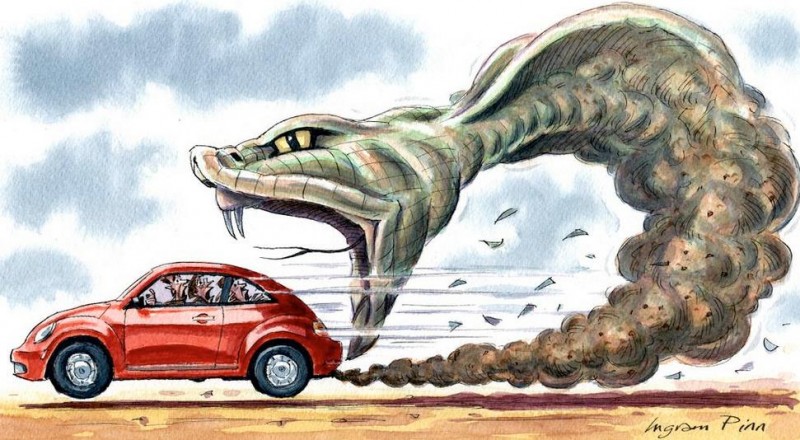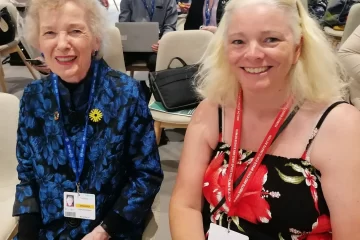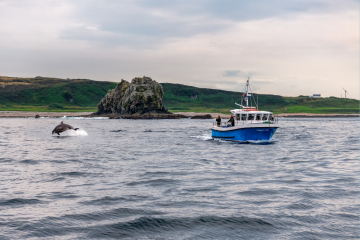Opinion: The Citizens’ Assembly on Biodiversity Loss starts this weekend. Here’s why that’s so important.

8 April 2022
Whether you’re working from home or an office, you’ve probably found yourself over recent weeks of spring taking a break or closing out the day with a walk. You might be in the countryside or in the heart of a city, but no matter where you are – there’s a high chance you came into some sort of contact with nature.
It might have been birdsong from a hedgerow or maybe it was wildflowers trembling in a breeze. Or it could have been the sight of green stubbornly insisting on existence between the cracks of concrete.
And while it might all look serene and at ease, nature in Ireland is under serious threat.
Our biodiversity – which is best defined as the variety of life on earth – is what sustains us. It provides us with raw materials, it regulates our mental and physical health, it gives us the food we need to survive.
Without it, life as we know it ceases to exist.
How bad is the state of biodiversity in Ireland, you ask? It’s a task to even count the ways.
Eighty-five per cent of our habitats, like peatlands and grasslands, are in woeful condition. Half of our rivers are polluted. Native forestry in Ireland has almost been entirely eradicated. A third of our wild bees could be extinct not centuries from now, but in just eight years.
There’s depressingly no shortage of examples.
And yet despite the dire straits we find ourselves in, we rarely see this reality reflected in the news cycle. Often within the environmental news beat itself, climate is king and the equally pressing matter of biodiversity is sidelined to the occasional clarion call warning issued by scientists and organisations the worldover.
Climate taking precedence both within newsrooms and the halls of the Oireachtas also doesn’t reflect a critical juncture for Ireland – that being the declaration of both a climate and a biodiversity emergency in 2019.
We unfortunately live an era of converging crises, which means our ways of addressing them have to be dynamic.
The Marine Area Planning (MAP) Bill that came together at the end of last year seems to have failed to take on board environmental experts’ warnings of what prioritising the development of offshore wind over marine biodiversity would bring.
If these dual environmental emergencies are to be addressed, they need to be tackled in tandem, and it’s our role as journalists to question and push policy makers on how they plan to walk and chew gum at the same time when it comes to the science they repeatedly say they revere.
Here at The Green News, we will be dedicating ourselves to just that as this critical year unfolds for nature as the Citizens’ Assembly on Biodiversity Loss kicks off tomorrow.
And while this is all heavy and quite dark, here’s something that keeps me going. That previous mention of plants working their way around urban environments? That demonstrates something that we all stand to be reminded of: nature is persistent and if given the chance, holds the promise of resilience, regeneration, and renewal.







